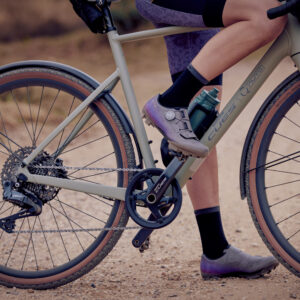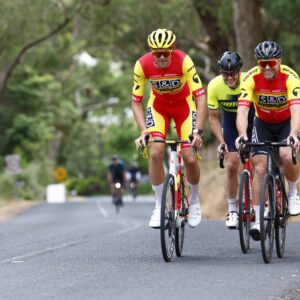It was supposed to restore people’s faith and love with cycling and create a new legion of fans. Anthony Tan asks, did Netflix’s Unchained series do its job?
“It’s quite disturbing that there were stories written in the documentary that weren’t there. For me, the series is focused on commotion.” —Visma–Lease a Bike rider Wout van Aert, June 22, 2023
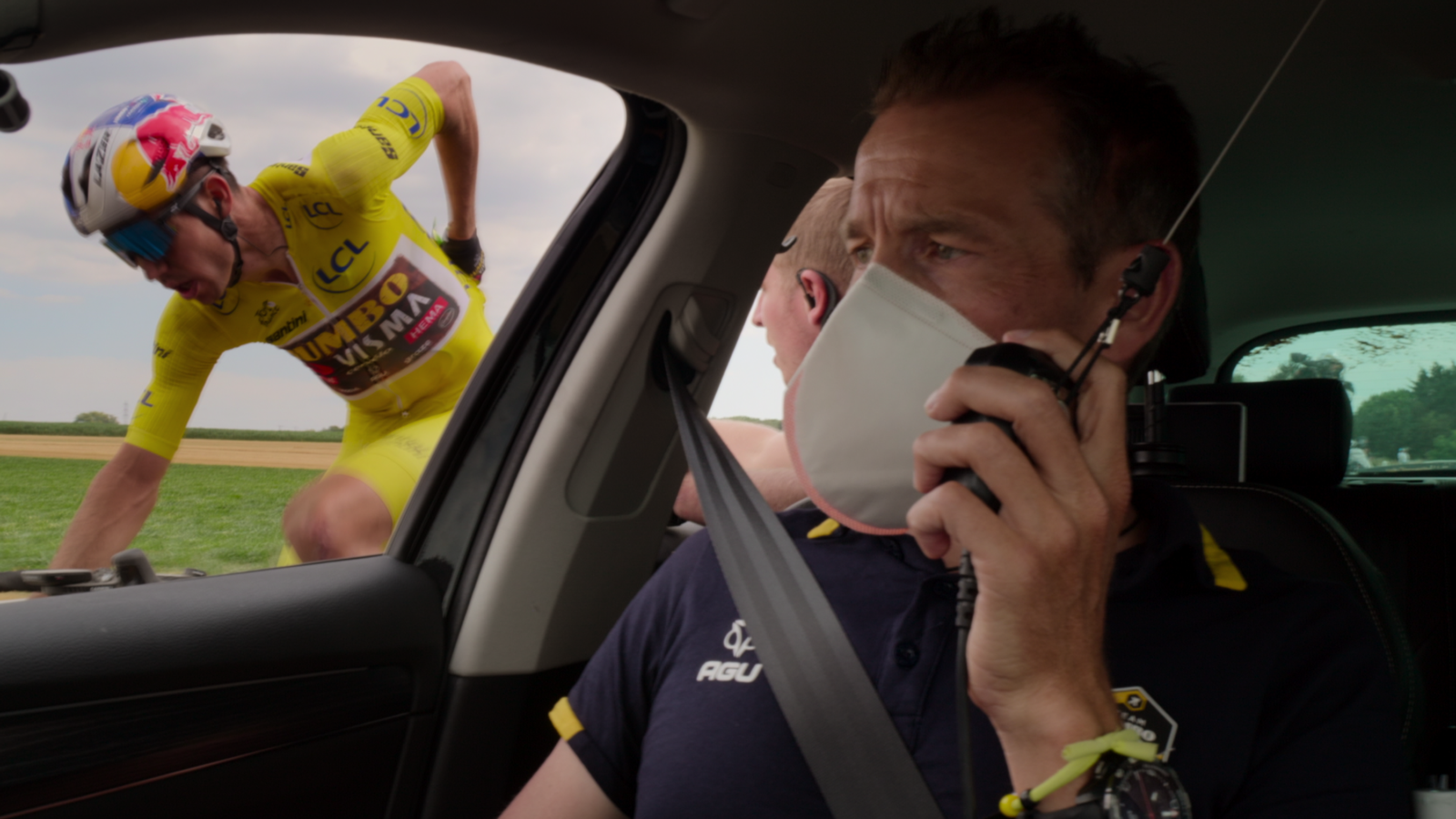
So … the producers of Tour de France: Unchained have decided to hang up their cameras.
“After three seasons, we are naturally coming to an end of this cycle. We’re very proud of the work we’ve done and the public response to the documentary series, which has allowed us to offer a fresh take on this legendary competition,” read a Netflix statement in February this year.
“Netflix France will continue to explore new territories in the world of sport. We have several exciting projects in development that will enable us to tell unique stories in other sporting disciplines.”
Around the time you read this, Season 3 of Tour de France: Unchained, focusing on the 2024 Tour, will be rolling out across TV screens for Netflix subscribers, which, until October last year, our family was a fully paid member.
Season 1 of Unchained, a production co-funded by Netflix and Tour organisers ASO, first aired on 8 June 2023 and featured eight of the 22 competing teams from the 2022 Tour de France.
It was generally well received by the public and sporting critics, and for the cycling aficionado was considered binge-worthy – scoring a 100 per cent rating on Rotten Tomatoes – albeit with one glaring omission: it did not include any exclusive footage from the defending champion, Tadej Pogačar, whose UAE Team Emirates outfit chose not to be involved.
Luckily for the producers, we found a new champion in Denmark’s Jonas Vingegaard. But when you’re missing the yin and only have the yang, it results in an imbalanced perspective and you’re left wondering what Pogačar was thinking at key moments: first, after being disrobed of the maillot jaune on the Col du Granon on Stage 11; second, staging a comeback on Stage 17 to Peyragudes but unable to gain time on Vingegaard; and then, on the very next day, being nailed to his coffin as Jonas ruled the roost on Hautacam.
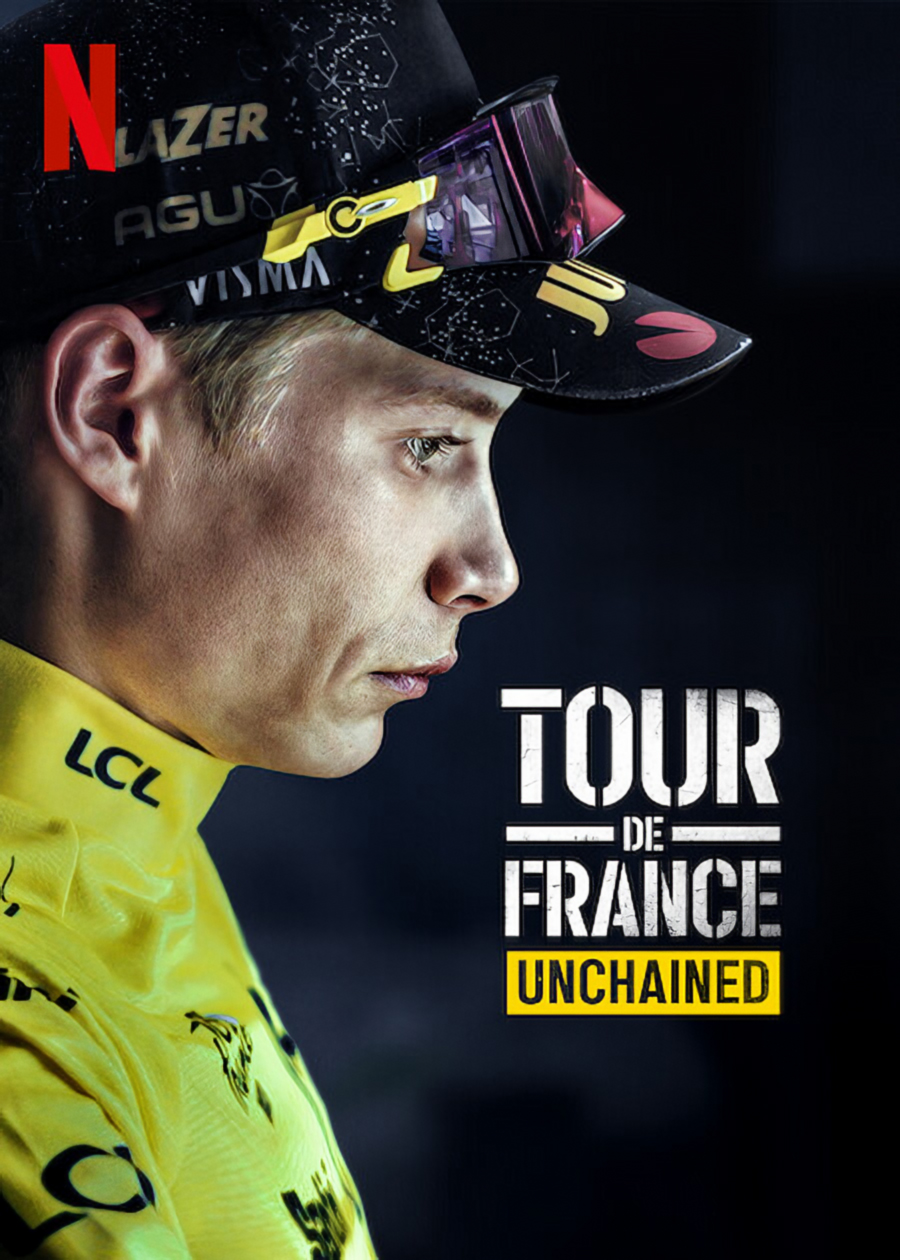
Naturally, there was a focus on French teams, but as creditable a performance as it was, Groupama–FDJ’s David Gaudu’s fourth place overall was equivalent to being almost 14 minutes adrift of Vingegaard. Inarguably, it was a tale of two riders. And the sole French stage winner, Christophe Laporte, came from the team of the overall champion – which only highlighted the existential abyss between the top four or five teams in the WorldTour and the rest.
Vingegaard’s team-mate and one of the world’s best all-rounders, Wout van Aert, was also less than pleased with how he was depicted in Unchained; the first series highlighted two moments that gave the impression the Belgian was prosecuting his own objectives ahead of his team leader. “For me, the series is focused on commotion. Jonas and I are best mates,” he told his national TV sports channel, Sporza, after watching the show.
“(The producers) focus on moments when it is difficult to make the right choice, but there are also so many moments in which we have strengthened each other and worked together. It’s a shame that that was taken out,” said van Aert.
Saison Deux: the best yet
In Season 2 of Unchained, UAE Team Emirates is one of 10 WorldTour teams that opt in, and as a result, it’s much better than the first.
To cram the tale of 10 teams across 21 stages and 3,406 kilometres into a compelling eight episode narrative is no mean feat, but by and large the producers of Unchained pull it off.
There’s also the hefty task of explaining the minutiae and idiosyncrasies of the sport and its participants to newbies while not alienating the aficionado, and this, again, is done quite well. That said, Unchained does not delve as deep into each team’s raison d’être and modus operandi as, say, The Least Expected Day, another Netflix series that documented the Movistar team across the 2019-21 cycling seasons and covered key events across the WorldTour calendar and not just the Tour de France.
Even when I was a field reporter at the Tour and working for Cyclingnews and later SBS Television, I was never across everything, and as the cohort of media grew, access to riders beyond the ‘mixed zone’ and press conferences diminished. As stunning and exhilarating as the race footage was in seasons 1 and 2 of Unchained, for me it was the behind-the-scenes moments where the series excelled, humanising these incredible athletes who appear larger than life because of what they can do on a bike.

Besides the focus on the Vingegaard-Pogačar rivalry, there is much attention paid to French teams and, in particular, AG2R Citroën. For Australian cycling fans, this proved a big bonus because until this year, Ben O’Connor, now a team leader at Jayco–AlUla, was a senior figure there. The dichotomy of a hot-blooded Aussie bloke from Perth leading an oh-so-French team at the Tour provided a multitude of laugh-out-loud, cringeworthy, and heartwarming moments.
Like van Aert, the West Australian wasn’t terribly impressed with how he was depicted. Though at this level of competition and pressure, and at the biggest bike race in the world, almost, if not all, top athletes behave like spoiled kids at times, and it’s the job of team management to steady, guide, and nurture their leaders who, throughout the course of three weeks in July, are pushed to their physical and mental limits.
Did Netflix do its job?
Remember that Unchained was designed in part to bring the Tour de France, and professional cycling in general, to a wider audience.
ASO, a privately owned French company whose focus is on five sports, cycling being at the top of that list, knows that with more eyeballs comes greater revenue through the sale of broadcast rights to events like the Tour and the Dakar and advertisements within those events.
However, unlike other Netflix sporting documentaries like Drive to Survive (Formula 1), Full Swing (golf) and Break Point (tennis), there was little to no attention paid to the 35 other events that comprise the WorldTour calendar.
But that is not the fault of Netflix. Or even ASO for that matter, because why would they promote races they don’t own?
Even for a veteran of the sport like myself or a dyed in the wool cycling nut, scant attention is paid to the individuals or teams leading the WorldTour rankings – or once the Tour of Guangxi concludes in mid-October, who has won it.
Reason being, unlike F1, golf or tennis, there is no overarching narrative because no rider competes in all events. And as intriguing as the modus operandi and dynamic between the top teams might be, most do not care who leads or wins the team classification at any one event or across multiple events in the WorldTour. There is not, and probably never will be, the equivalent level of interest you get between, say, McLaren Mercedes, Ferrari and Red Bull, in the F1 Constructor World Championships.
Cycling, at the base level, is easy to comprehend: first across the line wins, or in a stage race, the lowest aggregate time wins overall. But start going further into the points or mountain classifications, for example, which are measured differently across different races – even those owned by the same company – and try explaining how that system works to a newbie, let alone getting them frothing with excitement over it.
I was drawn into professional road cycling in the early 1990s, in large part because of its esoteric nature. There was no Internet back then, so every morsel of information had to be acquired through months-old cycling magazines, VHS tapes of fuzzily broadcast races with funny-sounding names I couldn’t pronounce, and, later on, as I became utterly entrenched in the sport, talking to people who had been over to Europe and ‘done it’.
With websites like Pro Cycling Stats, a plethora of bloggers, and podcasts galore, cycling can be as granular as a speck on an Arabian sand dune – but that is both a blessing and a curse. Even in cycling-centric countries such as Belgium, France and the Netherlands, it is arguably a niche sport.
If, one day, the Saudis take control of professional cycling as they have done with golf, simplify the calendar to no more than 20 events, limit the minor classifications to two or three, and standardise the way points are awarded, a broader narrative can evolve, and over time, the fan base will grow.
And by fostering revenue sharing among teams rather than a select few companies, as it is now, the sport can ultimately prosper.
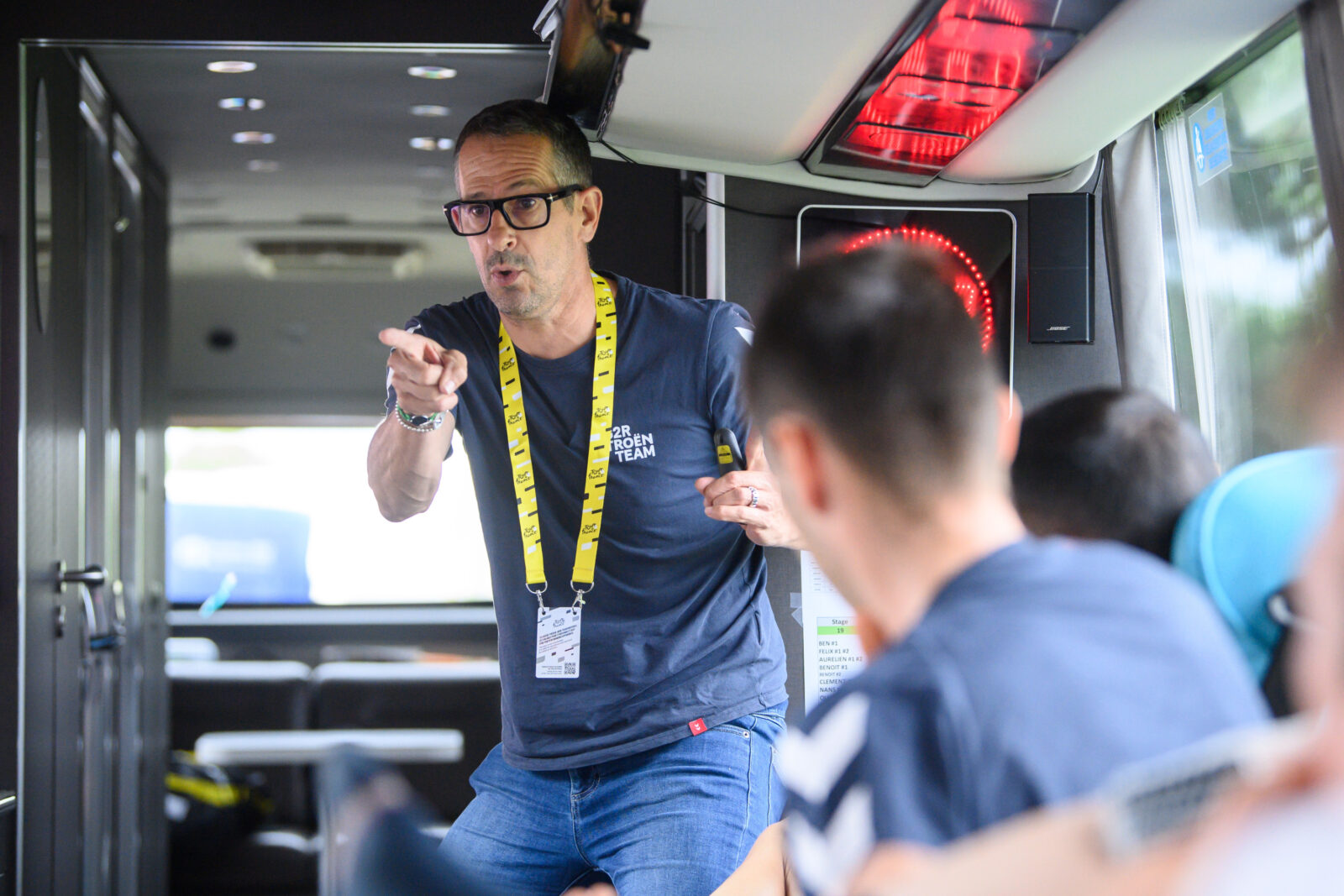
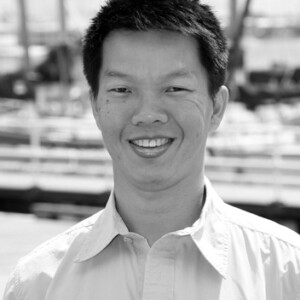
Anthony Tan
Anthony Tan - One of Bicycling Australia’s longest-serving columnists, ‘Tan Man’ has a deep passion for the sport and is a natural communicator.
